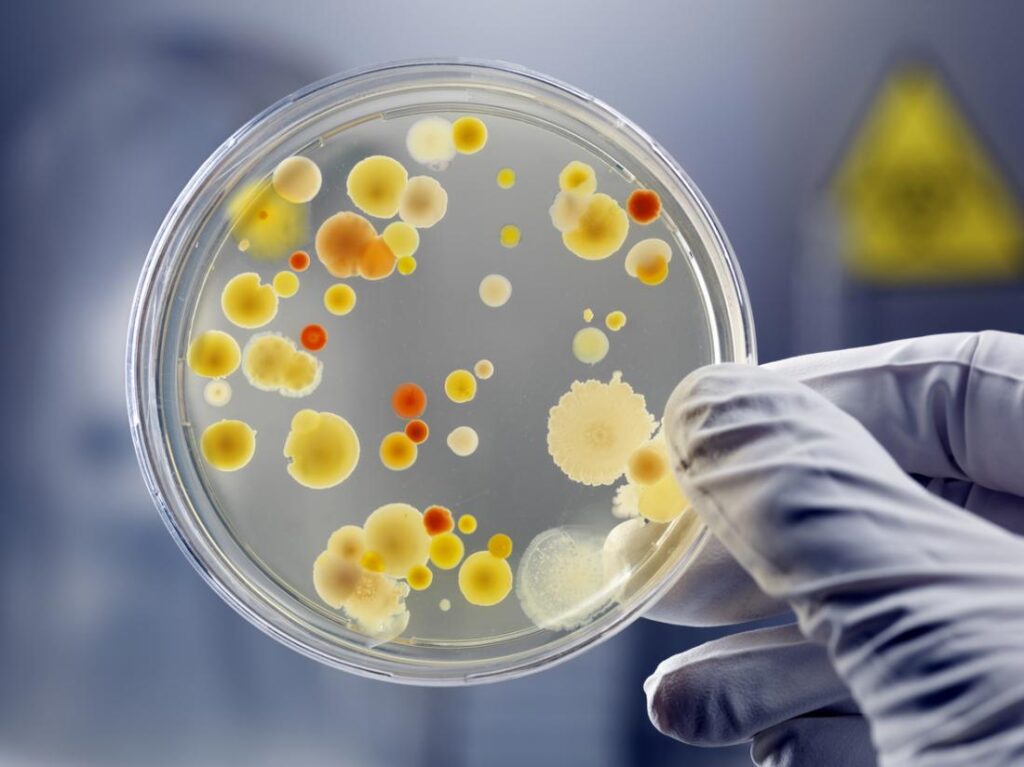In the vast tapestry of life on Earth, few organisms have played as pivotal a role as bacteria. These microscopic powerhouses, invisible to the naked eye yet omnipresent in every corner of our planet, hold the keys to understanding ecosystems, human health, and even the evolution of life itself.
Let’s delve into the captivating world of bacteria, unraveling their mysteries and unveiling their profound impact on the world around us.
The Tiny Titans- Diverse Forms and Functions
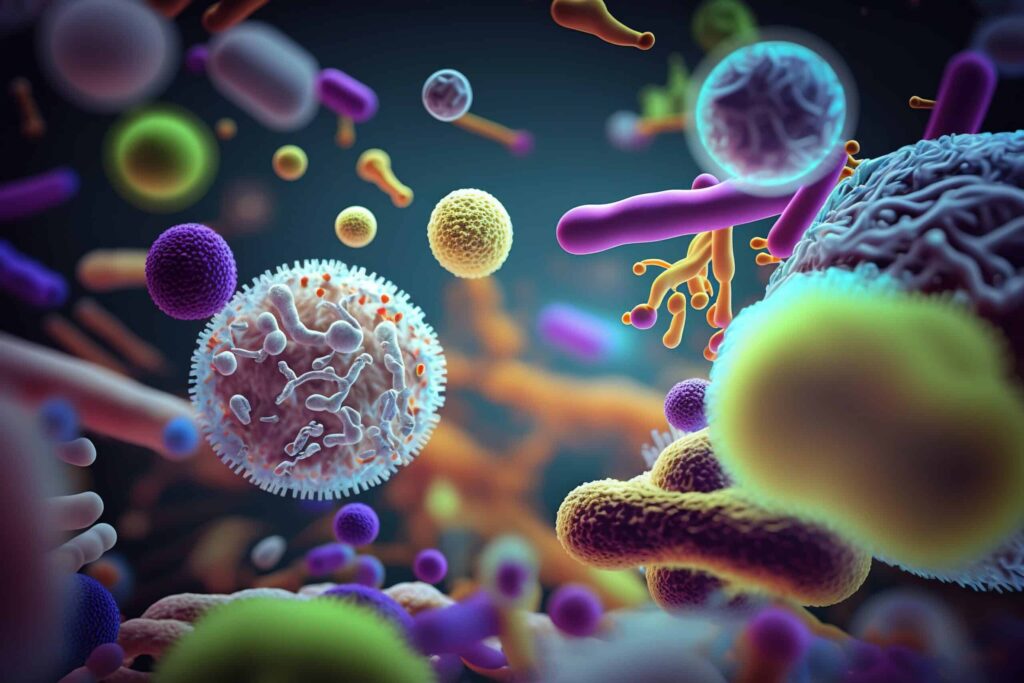
Bacteria are single-celled organisms that belong to the domain Bacteria. Despite their simplicity in structure, they come in an astonishing array of shapes, sizes, and lifestyles. From the iconic rod-shaped Escherichia coli to the spiral-shaped Spirochetes, and from the spherical cocci to the filamentous Actinobacteria, the diversity of bacterial forms is staggering.
Each bacterial species has evolved unique adaptations to thrive in its specific environment. Some bacteria are motile, equipped with flagella or other appendages that allow them to move through liquids or across surfaces. Others form multicellular communities called biofilms, where they cooperate and communicate with one another to enhance their survival in challenging conditions.
Bacteria also exhibit a remarkable array of metabolic capabilities. Some are heterotrophs, relying on organic compounds for energy and carbon, while others are autotrophs, capable of synthesizing organic molecules from inorganic sources such as carbon dioxide. Chemolithotrophic bacteria obtain energy from the oxidation of inorganic substances, while phototrophic bacteria utilize light energy to drive photosynthesis.
Ubiquitous Presence- From Pole to Pole and Beyond
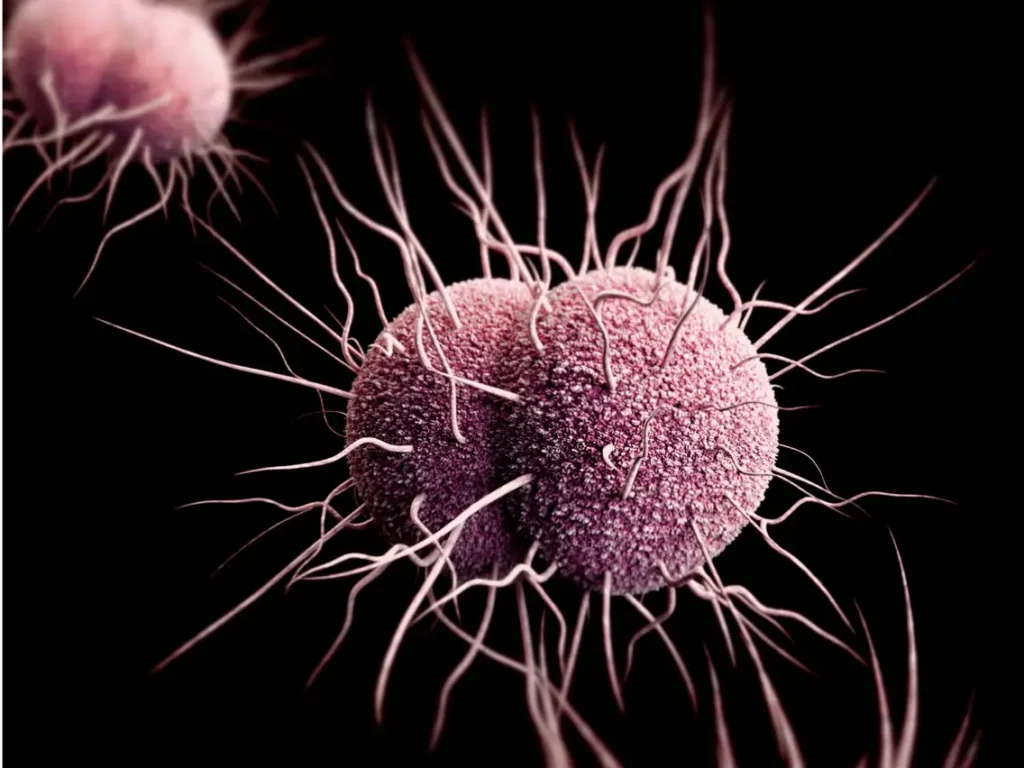
One of the most remarkable aspects of bacteria is their ubiquity. They inhabit virtually every environment on Earth, from the deepest oceans to the highest mountains, from scalding hot springs to freezing polar ice caps. Some bacteria thrive in extreme conditions that would be lethal to most other organisms, showcasing their remarkable adaptability and resilience.
In the depths of the ocean, where sunlight cannot penetrate, chemosynthetic bacteria harness energy from chemical reactions to sustain entire ecosystems. Similarly, extremophiles like Thermus aquaticus thrive in the boiling waters of geothermal springs, demonstrating the astonishing range of habitats bacteria can inhabit.
Bacteria are not only found on Earth but have also been detected in extreme environments beyond our planet, such as the upper atmosphere and the icy surface of Mars. These discoveries raise intriguing questions about the potential for microbial life to exist elsewhere in the universe.
Ecosystem Engineers- Driving Biogeochemical Cycles

Bacteria play a crucial role in shaping ecosystems and maintaining the balance of life on our planet. They are essential drivers of biogeochemical cycles, such as the carbon, nitrogen, and sulfur cycles, which regulate the flow of essential elements through ecosystems.
In soil, bacteria decompose organic matter, recycling nutrients and facilitating the growth of plants. Nitrogen-fixing bacteria such as Rhizobium form symbiotic relationships with leguminous plants, converting atmospheric nitrogen into a form usable by plants. Without bacteria, the fertility of soil would decline, and the productivity of agricultural systems would suffer.
In marine environments, cyanobacteria are primary producers that carry out photosynthesis, generating oxygen and serving as the foundation of marine food webs. Some bacteria even contribute to the weathering of rocks, releasing nutrients that support plant growth and ecosystem development over geological timescales.
Human Health and Disease- Friends and Foes
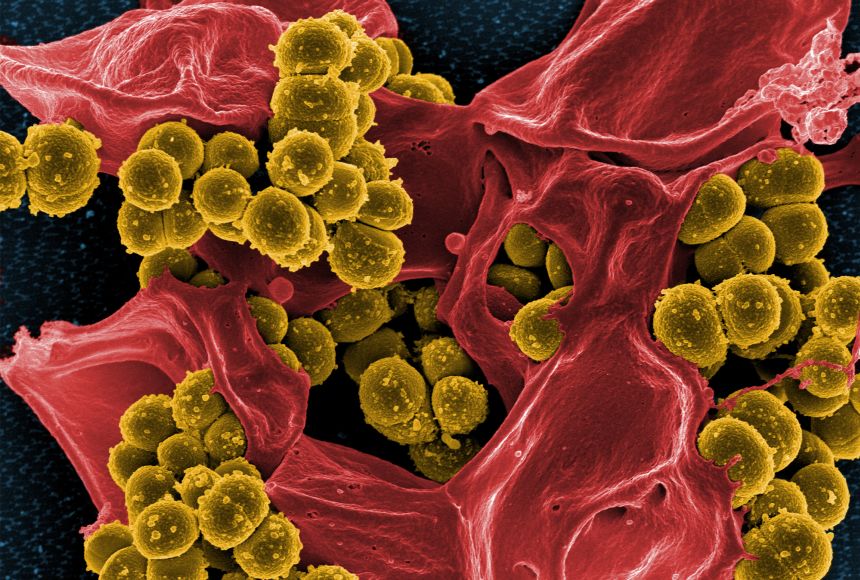
While bacteria are essential for life, some species can also pose significant threats to human health. Pathogenic bacteria are responsible for a myriad of infectious diseases, ranging from the common cold to more severe conditions such as tuberculosis, cholera, and pneumonia.
The advent of antibiotics revolutionized medicine by providing effective treatments for bacterial infections. However, the widespread misuse and overuse of antibiotics have led to the emergence of antibiotic-resistant bacteria, posing a growing public health concern. Diseases such as methicillin-resistant Staphylococcus aureus (MRSA) and multi-drug resistant tuberculosis (MDR-TB) highlight the urgent need for sustainable antibiotic use and the development of alternative treatment strategies.
On the flip side, not all bacteria are harmful. The human body is home to trillions of bacteria, collectively known as the human microbiota, which play essential roles in digestion, nutrient absorption, and immune system function. Disruptions to the microbiota have been linked to various health conditions, including obesity, inflammatory bowel disease, and allergies.
Applications in Biotechnology- Harnessing Nature’s Toolbox
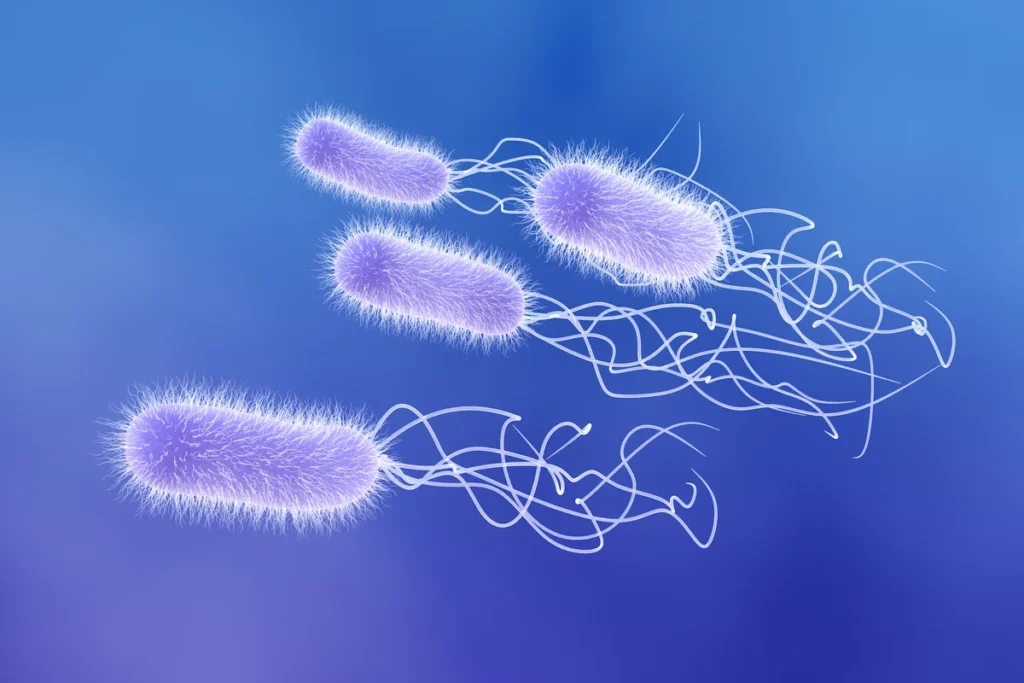
Beyond their role in nature and disease, bacteria have found a multitude of applications in biotechnology and industry. They are used in the production of antibiotics, vaccines, and various fermented foods and beverages like yogurt, cheese, and beer.
Bacteria are also employed in environmental cleanup efforts, such as bioremediation, where they break down pollutants and contaminants in soil and water. Oil-eating bacteria like Alcanivorax borkumensis have been used to mitigate the environmental impact of oil spills by degrading hydrocarbons present in contaminated ecosystems.
In recent years, synthetic biology has enabled scientists to engineer bacteria with novel capabilities, ranging from the production of biofuels and pharmaceuticals to the synthesis of biodegradable plastics and the detection of environmental pollutants. Bacterial enzymes, such as the CRISPR-Cas system, have revolutionized genetic engineering and hold promise for applications in medicine, agriculture, and beyond.
Frontiers of Research- Exploring the Microbial Cosmos
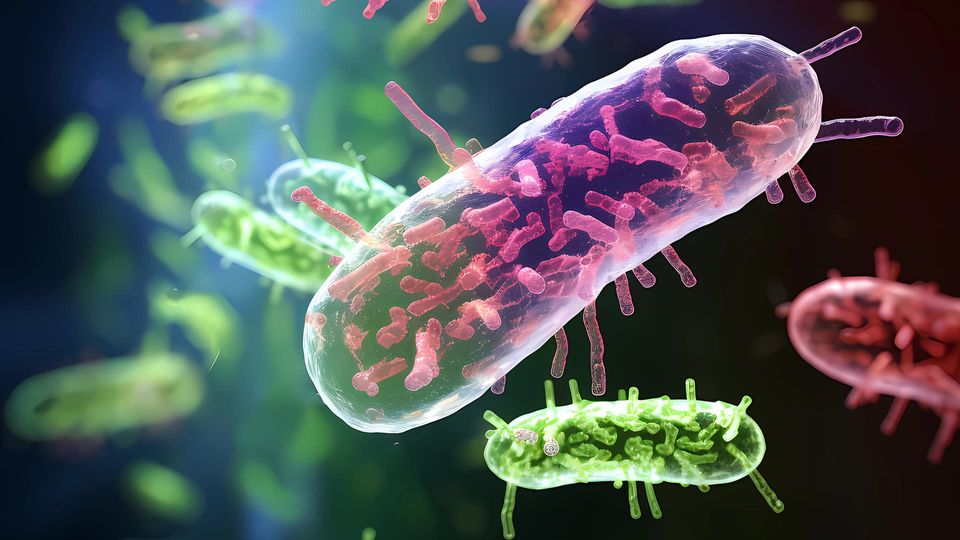
Despite centuries of study, there is still much to learn about the intricate world of bacteria. Advances in technology, such as DNA sequencing and metagenomics, are revolutionizing our understanding of microbial communities and their functions in diverse environments.
Scientists are exploring the potential of harnessing bacteria for sustainable agriculture, wastewater treatment, and even renewable energy production. Bacterial cellulases and xylanases are being investigated for their role in biofuel production from lignocellulosic biomass, offering a promising avenue for reducing reliance on fossil fuels.
Furthermore, the discovery of novel bacterial species and their unique metabolic capabilities continues to expand the boundaries of microbiology. Extremophiles found in extreme environments such as deep-sea hydrothermal vents and acidic hot springs are of particular interest, as they may harbor enzymes and biochemical pathways with applications in biotechnology and medicine.
Conclusion
From their humble beginnings as ancient inhabitants of primordial Earth to their current status as fundamental players in the global ecosystem, bacteria continue to fascinate and intrigue scientists and laypeople alike.
As we unlock the secrets of these microscopic giants, we gain invaluable insights into the inner workings of life itself and open doors to new frontiers in science, medicine, and technology. In the world of bacteria, the smallest of organisms wield the greatest of impacts.
